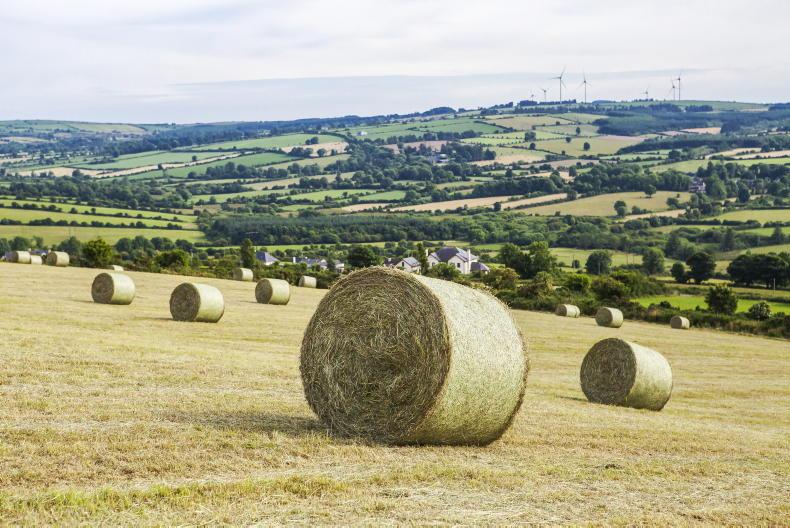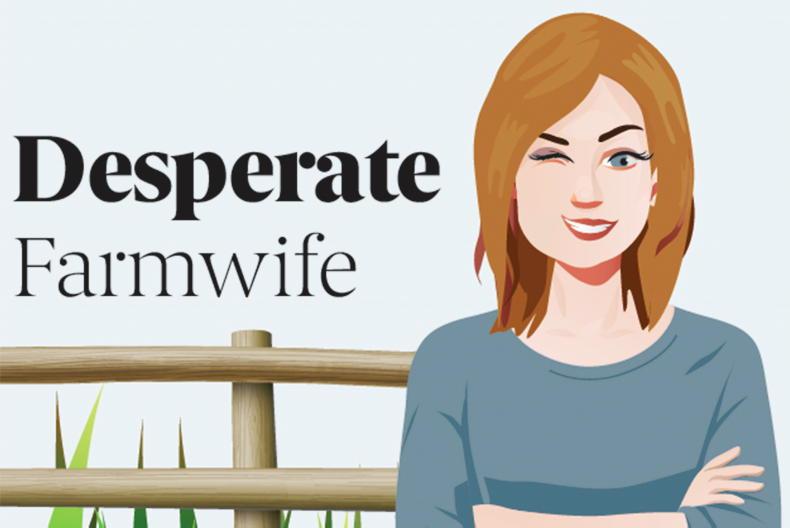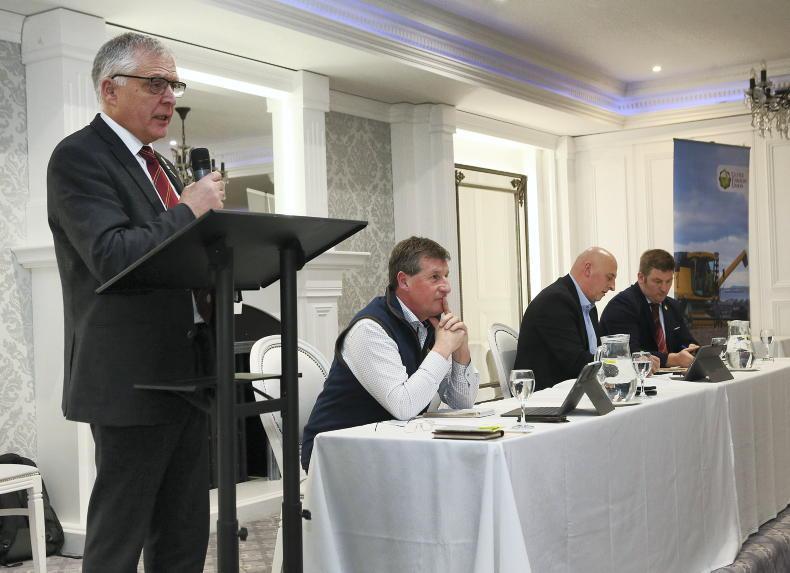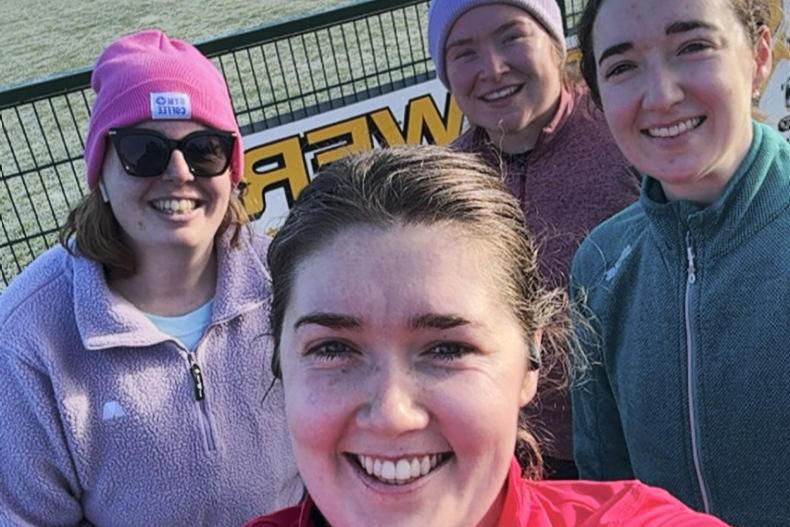In this month’s piece I would like to recall for the readers of the Irish Farmers Journal the passion that existed in my rural community for “early summer hay”. In the 1950s, 60s and 70s, this was a ritual. If you could not save hay in early summer, you were not considered a real farmer.
Our community consisted of a group of close-knit, small farm families from the parishes of Milford, Ballyagran and Feenagh. It consisted of like-minded people born into the land and of the land, who lived and reared families – often on a very small acreage.
The unity of cooperation was built on trust and loyalty and even though it had a mix of Cork and Limerick farmers in the group, that never mattered when it came to working together. Now, when it came to the Munster hurling championship, well then the hay forks – or pikes as we called them – could have been used for a purpose other than turning hay. But on Monday morning all would be back to normal and we would get on with whatever work was at hand.
Community leader
Like in all communities, there is always a leader, and our man was Dinny Madigan – a man on which you could rely to name the next pope, his knowledge was so respected. He had a smallish holding and advised all other farmers on grass growth and type. I heard him say many times that if the pasture wasn’t colourful, the cows would not be happy when they arrived into the fields.
He always insisted on a grass sward of mixed clovers, chicory and plantain. You might be thinking: “Isn’t this all the talk now?”
Now back to the hay: early summer, fresh, green hay, full of seed variety, cut and turned by hand in small two- to three-acre fields, all of which were individually divided by double ditches of native trees and shrubs.
I still carry the guilt if our hay is not saved by the 20 June in any one year
After much turning, the rowing would commence with the wheel rake and the tumbling – bringing it all together to make “winds of large cocks” that were trimmed and tidied and impeccably finished by the women and children.
You could have a group of up to 50 people in the field at any one time. When I look back now, I can still feel that inner power of happiness and how it fills my senses six decades on.
I still carry the guilt if our hay is not saved by the 20 June in any one year. I can hear the elders from the parishes questioning my farming abilities. The amazing thing here is that – no matter the weather – since 1985, I have always saved the hay between the last week of May and the 15 June.
Hay saving was just one part of our great community life as we all worked in the fields together
Thanks also to PJ Crotty, his family and his great team, who cut and bale for us. We do our own turning as this is a specialised job – or so it has been instilled into my brain.
Hay saving was just one part of our great community life as we all worked in the fields together. We worked off our own frustration and anxieties, we counselled each other, we laughed, and often the children would sing for us as we worked merrily away.
Farming alongside nature
We farmed alongside nature and were watched over by Mother Earth. We were mindful and caring to each other. The soil beneath our feet is our biggest asset – farmers are the soil owners which can sequester carbon.
We are doing this now, but perhaps not with the same feeling as our Dinny Madigan-led community in the 50s, 60s and 70s in west Limerick.
If you can, catch a fistful of dry hay and inhale
We must all move with time, but I believe we can relearn some of the old practises and work together mindfully, peacefully and in step with Mother Nature – and thank her again for another successful hay-making season, which fills my senses with the unrivalled aroma of mixed dried grasses.
If you can, catch a fistful of dry hay and inhale. Let’s pray for a successful and safe harvest for all farming families. Bless all of those families and power healing to all who need it.
Be sure to wear your summer smile, no matter the weather.









SHARING OPTIONS